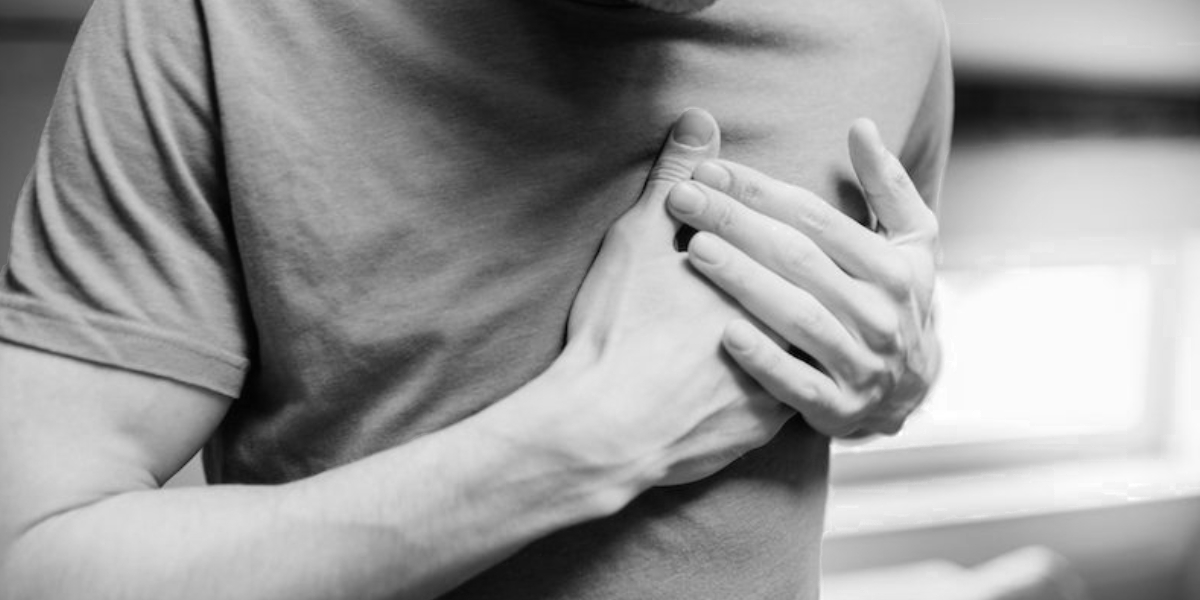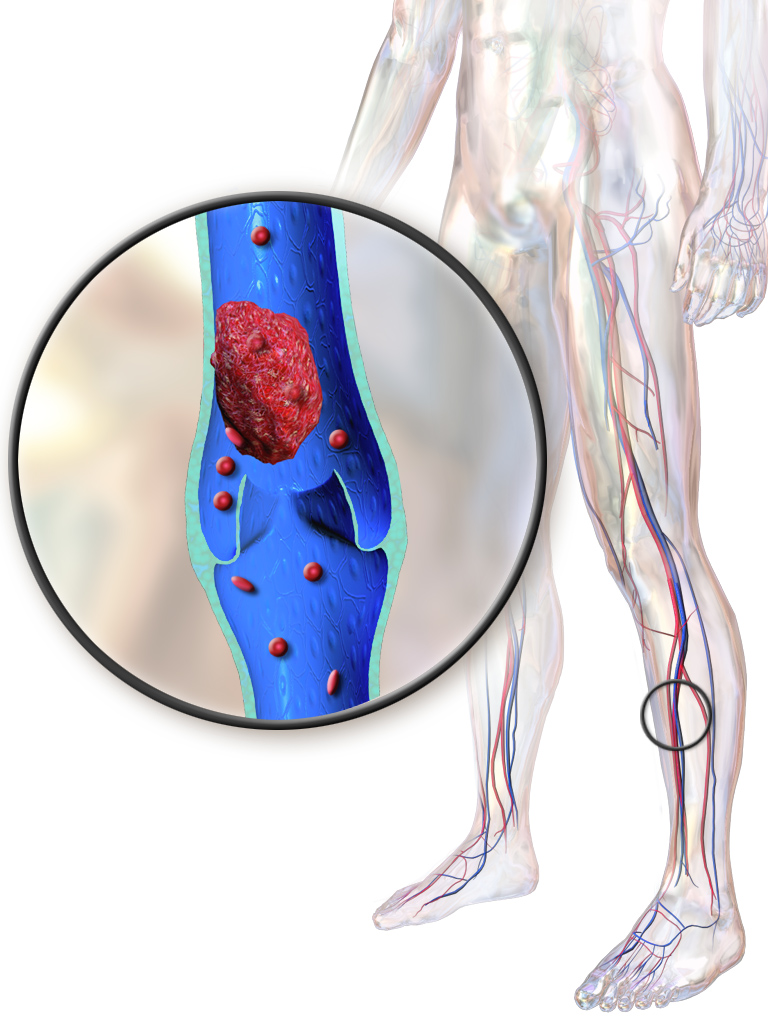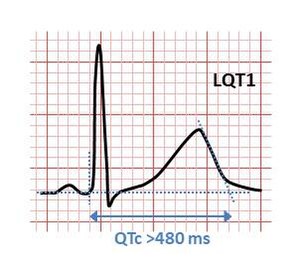Experts emphasise the need for early detection, prevention, and CPR training to combat the rising cases of cardiac arrest among youngsters.

Tragic rise in sudden cardiac arrest cases among young individuals calls for urgent awareness and preventive measures. (Creative Common)
On 19 May, 16-year-old Sachin from Telangana’s Mancherial district, was out shopping in Asifabad town to celebrate his birthday when he experienced chest pain and collapsed; he was immediately taken to a local hospital.
Sachin’s condition deteriorated despite receiving medical attention, prompting his transfer to the Mancherial Government Hospital. Tragically, Sachin passed away.
Devastated by the loss of their young son, his grieving parents decided to cut a birthday cake and place it beside Sachin’s body as a poignant tribute.
This is not the only incident where a teenager has succumbed to a cardiac arrest. In another distressing incident, a 15-year-old boy named Rohit Singh in Greater Noida reportedly suffered a heart attack while playing with his friends in school on 18 May.
The school teachers promptly intervened and to him to a nearby hospital, but despite their efforts, the doctors declared him brought dead.
Earlier this year, on 12 January, in Shivamogga, a 16-year-old boy named RH Jayant tragically passed away from a heart attack. According to his family, Jayant was getting ready for school when he suddenly complained of severe chest pain and collapsed.
In a state of panic, his family rushed him to a nearby Primary Health Centre, but unfortunately, he had already succumbed en route.
Cardiologists said that cases teen cardiac arrests are not common.
“The prevalence of sudden cardiac arrest in a population younger than 35 is quite low. It is one in a lakh. Although, it can be higher — as high as one in five hundred cases if the population is above the age of 35,” Dr Kala Jeethender Jain, Consultant Interventional Cardiologist at Yashoda Hospitals in Hyderabad, told South First.
He added that as it is less prevalent, the signs and symptoms may also not be visible in younger populations.
“It is indeed uncommon for young people to experience a cardiac arrest. When incidents like these occur in individuals below the age of 20, it is always surprising. However, it is important to acknowledge that within a large population of young individuals, there will inevitably be cases of cardiac arrest,” Dr Mukharjee Madivada, Interventional Cardiologist and Managing Director at Pulse Heart Centre in Hyderabad, told South First.
Dr Madivada said that the challenge lies in the attribution of any sudden death in children and youngsters to cardiac arrest without concrete evidence.
“While cardiac arrest is often labelled as the cause of death, it may not be the underlying cause in every case. The fact is, for all deaths, the final pathway involves cardiac arrest,” he said.

A deep vein thrombus can dislodge and cause pulmonary embolism. (Wikimedia Commons)
He added that various conditions, such as stroke, intracranial bleed, or pulmonary embolism, may be responsible for these deaths. These different diseases are often categorised under cardiac arrest because that’s the point at which death occurs.
“For instance, when a person with cancer dies, their heart stops and only then is the cause of death diagnosed. These sudden events don’t typically have any pre-existing disorders, leading them to be attributed to cardiac arrest,” said Dr Madivada.
He added that cardiac arrest encompasses a broad spectrum of possibilities. “Merely labelling it as such doesn’t provide much insight. To truly understand the cause, conducting an autopsy and conducting a thorough study while considering the circumstances and history of the event is necessary. Sometimes, postmortem examinations can shed light on the etiology of the cardiac arrest,” said Dr Madivada.
However, he added that it can be challenging to systematically study these patients, as many families may not consent to autopsies even after a cardiac arrest occurs. Due to these factors, credible studies on what specifically happens in young individuals are limited.
However, international studies have identified several common diseases, such as the ones mentioned earlier, that contribute to cardiac arrest in the young population.
Dr Jain pointed out that after Covid-19, the prevalence of sudden cardiac arrest in the younger population has increased and this is due to pulmonary thromboembolism.
Pulmonary thromboembolism, commonly referred to as pulmonary embolism (PE), is characterised by the blockage of one or more pulmonary arteries in the lungs.
“It occurs when a blood clot, typically formed in the deep veins of the legs, breaks free and travels through the bloodstream, eventually reaching the arteries of the lungs. The blood clot, also known as a thrombus, can obstruct blood flow to the lungs, leading to reduced oxygen supply to the body. These minor blockages causing minimal symptoms become large, life-threatening blockages resulting in significant respiratory distress and cardiovascular compromise,” explained Dr Jain.

Long QT on an ECG. (Wikimedia Commons)
Dr Jain added that the another disease that can contribute to cardiac arrest is congenital long QT syndrome (LQTS), a genetic disorder that affects the electrical system of the heart.
It is characterised by abnormal heart rhythms, specifically prolonged QT intervals on an electrocardiogram (ECG). The QT interval represents the time it takes for the heart’s ventricles to depolarise — beats going up — and repolarise — beats going down — during each heartbeat.
In congenital LQTS a person has a 50 percent chance of inheriting the condition if one of their parents carries the gene mutation. However, in some cases, the condition can also occur sporadically without family history.
Hypertrophic cardiomyopathy (HCM) is a genetic cardiovascular disorder characterised by the thickening of the heart muscle, specifically the left ventricle — the chamber responsible for pumping oxygenated blood to the body.
Dr Jain said that the thickening of the heart muscle can cause several problems. It disrupts the normal flow of blood out of the heart.
This obstruction can result in symptoms like shortness of breath, chest pain, fatigue, and dizziness. “This can be exacerbated by exercise or other physical activities,” explained Dr Jain.
Dr Madivada said that there are two important aspects to consider in managing cardiac arrest in young individuals. The first aspect is providing immediate treatment, which involves administering cardiopulmonary resuscitation (CPR).

Community CPR training is key to minimising cardiac death cases. (Wikimedia Commons)
“CPR is crucial in these cases, as it can significantly increase the chances of recovery, especially since young individuals typically do not have underlying comorbid conditions or lung diseases. Properly administering CPR and promptly transporting the individual to a hospital for definitive treatment are essential steps in the process,” said Dr Madivada.
The second aspect relates to prevention. “Children experiencing chest pain, excessive breathing difficulty, swelling of the feet, palpitations, or dizziness should be taken seriously, and a check-up with a physician, paediatrician, or cardiologist should be arranged. Additionally, if a sibling has experienced a cardiac event or has a known cardiac condition, it is advisable for all siblings to undergo a check-up,” said Dr Madivada.
Dr Jain added that while it may not be feasible or necessary for every child to undergo extensive cardiac testing like ECGs and echocardiograms, “these two screening tests should be done during health check-ups at school and during health camps or even during sports meets when there is an availability of doctors or even paediatricians”.
“Both children and parents should be educated on how to perform CPR effectively. Coaching in cardiac health education should be provided to the community at large, promoting heart-healthy behaviours, and disseminating knowledge on CPR and other life-saving techniques. It is crucial for everyone to have a basic understanding of these skills and be prepared to act in case of emergencies,” said Dr Madivada.
Doctors also suggested that parents should lead by example and adopt heart-healthy behaviours.
“If parents smoke or have unhealthy eating habits, children are more likely to imitate those behaviours. It is essential for parents to prioritise their own health and make conscious efforts to engage in healthy practices, as this sets a positive example for their children,” said Dr Madivada.
Overall, proper medical follow-up, sibling evaluation, practicing healthy behaviours, and seeking reliable educational sources are all vital components in promoting cardiac health and ensuring the well-being of children.
Heat itself does not typically cause heart attacks. “However, what heat can lead to is dehydration. During the summer months, heat can cause excessive fluid loss through sweating, leading to dehydration,” said Dr Jain.
Dehydration can be problematic, particularly for individuals who already have underlying health conditions.
“It can result in electrolyte imbalance, including increased or decreased potassium levels, which can potentially cause cardiac abnormalities, even in children,” informed Dr Madivada.
To mitigate these risks, it is crucial to prioritise proper hydration during hot weather. Parents should ensure that their children stay adequately hydrated by providing them with plenty of fluids. It’s important to note that water is the best choice for hydration, but other hydrating beverages can also be consumed.
By maintaining proper hydration, parents can help prevent dehydration-related complications and promote the overall well-being of their children during the summer months.

Jul 26, 2024

Jul 26, 2024

Jul 26, 2024

Jul 26, 2024

Jul 26, 2024

Jul 26, 2024